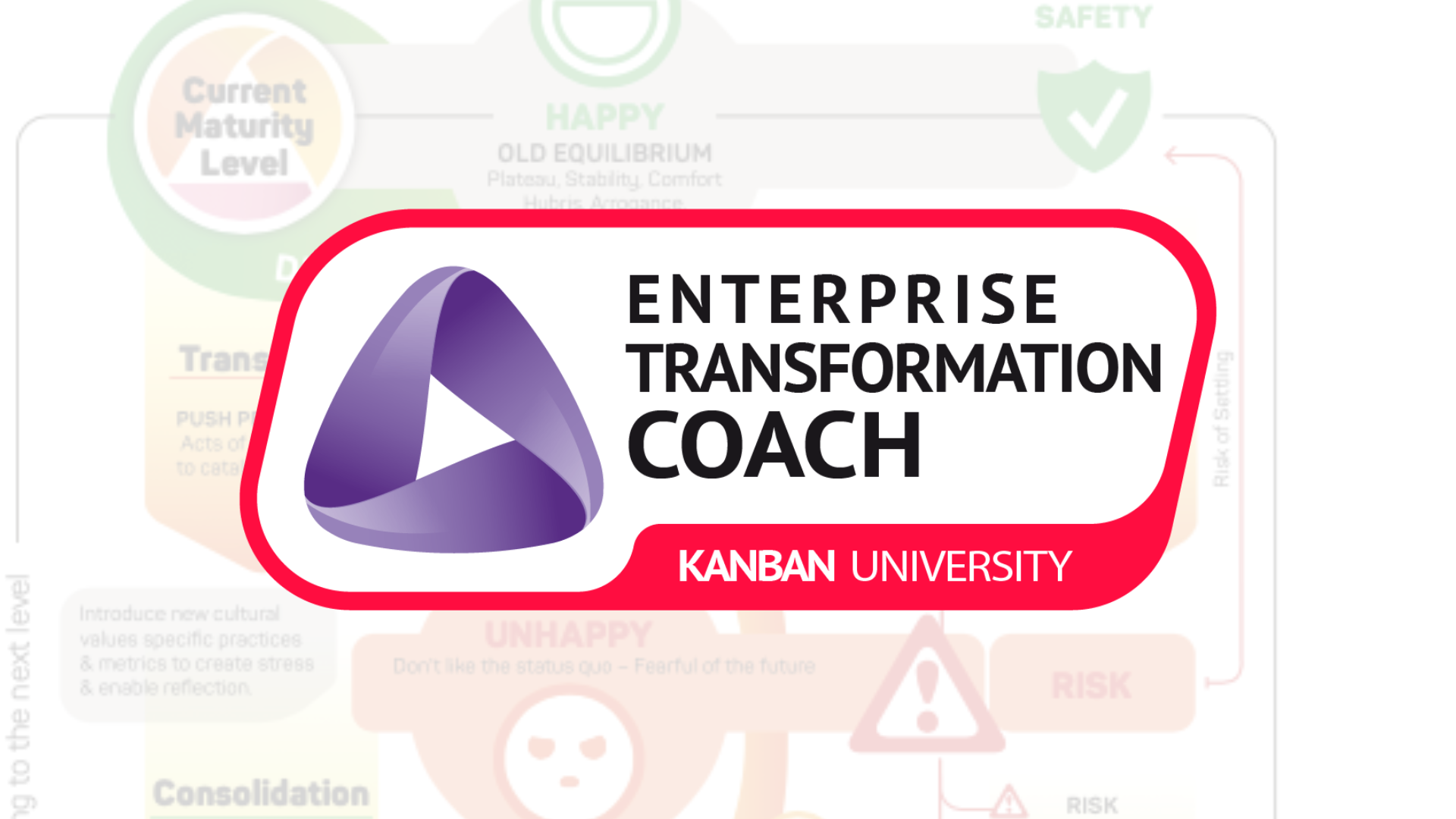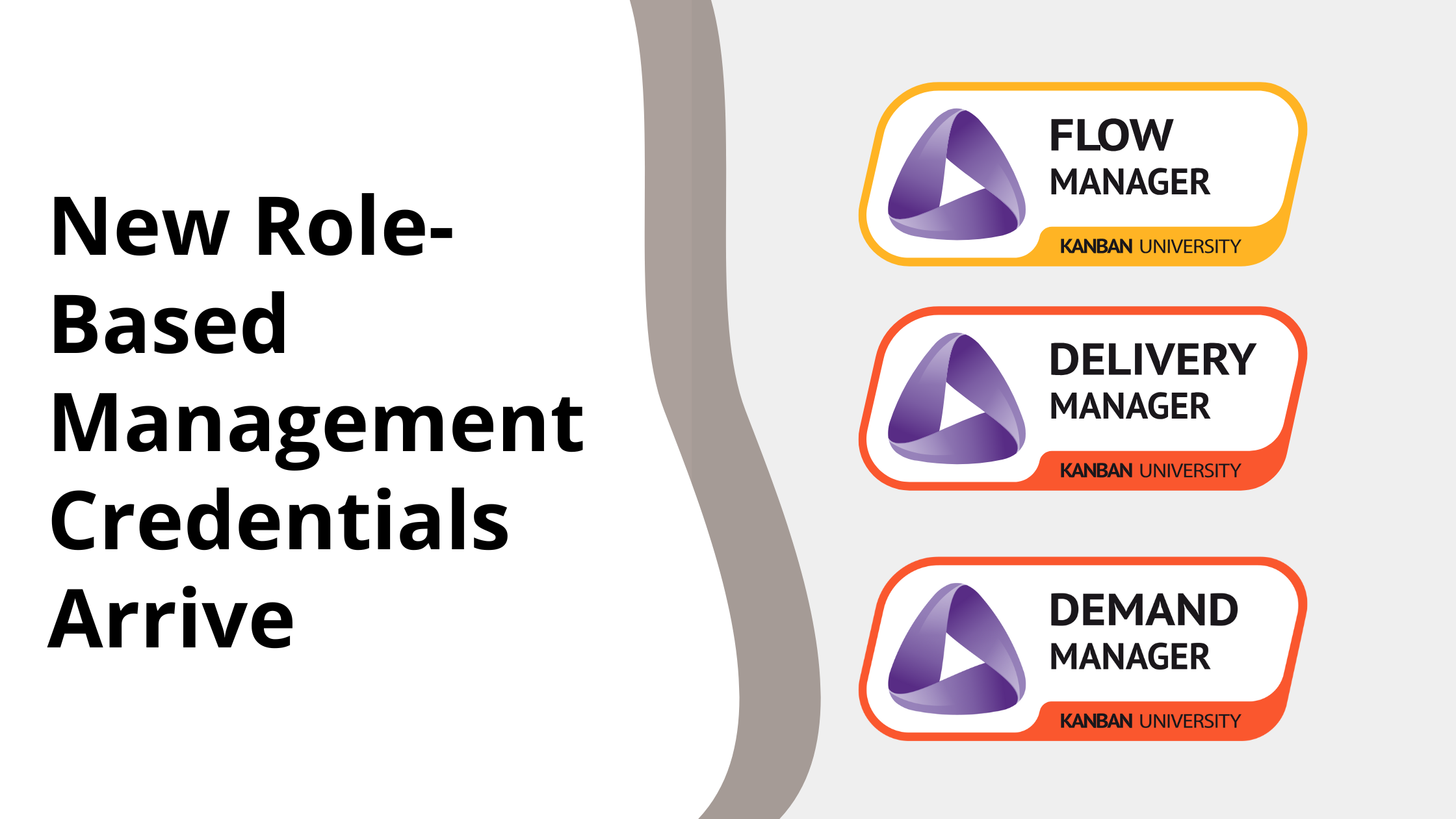How Gaztelugatxe Uses Classes of Reservation to Manage Their Overwhelming Success
Gaztelugatxe is an islet on the Bay of Biscay’s coast belonging to the Bermeo Biscayan municipality, in the Basque Autonomous Community. It is connected to the mainland by a man-made bridge. On top of the island stands a hermitage named Gaztelugatxeko Doniene in Basque (or San Juan de Gaztelugatxe in Spanish), dedicated to John the Baptist, that late discoveries indicate it might date back to the 9th century.

Since the islet was used as a filming location for the Game of Thrones (serving as the Dragonstone), the place (which had already been popular before) became a “must-see” on each tourist’s visiting Basque Country checklist.
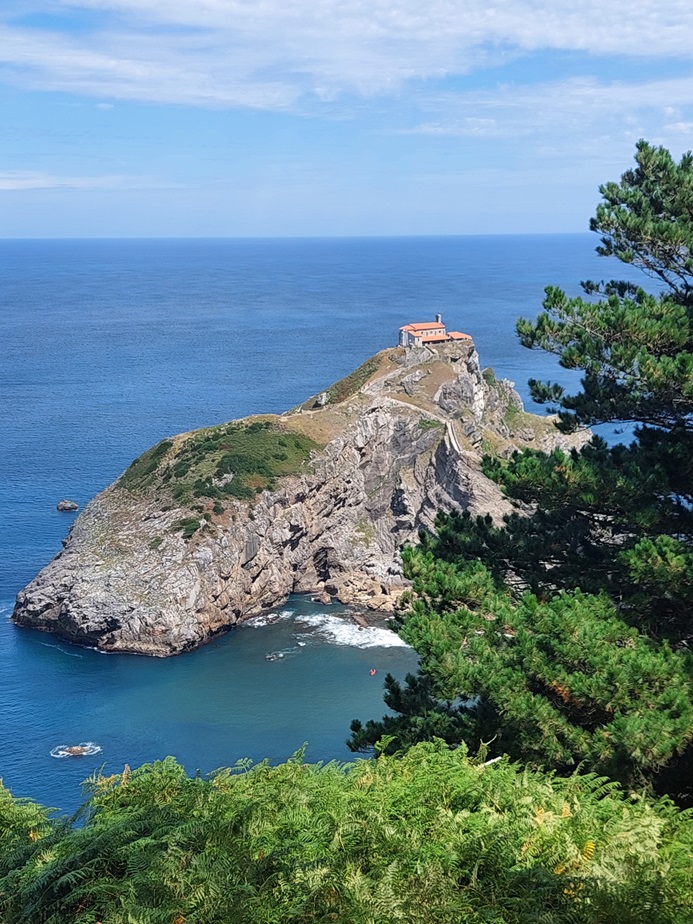
I remember that being there for the first time, I didn’t expect long queues (I don’t consider Basque Country the most hyped tourist place in the world; everyone stops in Barcelona…). To my surprise, there was a queue. Actually, two queues:
- First: people who booked their visit online and waited for their entry time.
- Second: those waiting for no-shows to jump into their spots.
It was a hot, sunny day, so we gave up and decided to come back another time. Instead of waiting, we’ve just had a small family picnic at the mirador, admiring Gaztelugatxe from the distance.
***********************************************
The system of ticket reservations to enter Gaztelugatxe is very simple. You go to the webpage and choose the date, time, and the number of people. Confirm. Done. As always, you receive the confirmation in your email. Later, you need to show it while entering the place.
That’s what we did during our second visit and it worked like a charm. No waiting time, a smooth customer experience, and even the rain was kind enough to wait until we came back and hid in the café next to the parking spot.
While researching information about Gaztelugatxe, I found this picture from the article “Tourism in the Basque Country: A wave which may drown us”:
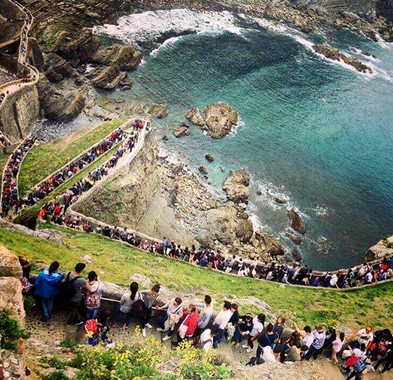
The picture is described as “Gaztelugatxe some months before Game of Thrones promoted this place even more.” Looks familiar?
No wonder the decision to do something about it was made!
This place would not only be probably very quickly devastated, but it’s also very dangerous! Especially in the always foggy and rainy Basque weather!
This is the picture I took a few months ago in an already tourist season:
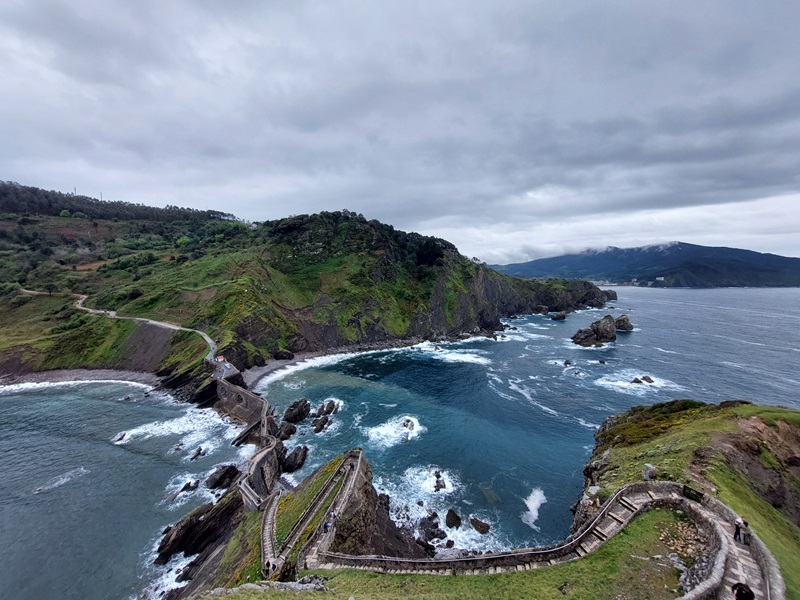
You can see the difference!
That’s what the reservation system does to your process!
The last puzzle of this story jumped into its place a few weeks ago, when we visited Gaztelugatxe again. First, we were surprised a bit. Is it closed already? It’s just the end of September, still beautiful, almost summertime in Basque Country! But the reservations were available for weekends only. We decided to give it a try and what we learned was that the place was open, with no checks at the gate, and no tickets. But also, no queue! You are good to go whenever you arrive! Enjoy!

The management of this place knows the pattern of visitors’ arrival very well:
- During the peak season, the reservation is required every day for the whole time when the system is operating and the batches of tourists are allowed into the system in regular intervals.
- Whenever there is an empty slot in the system (because someone didn’t show up), another tourist is allowed.
- During the off-season, the reservation is required only during the potential peak time (weekends). On the other days, tourists are allowed to enter whenever they are ready as there is no risk of overloading the system.
**********************
One of the first Kanban stories you learn when reading the books or attending classes is the story of the Imperial Palace Gardens, kanbans, and work-in-progress limits.
The system in Gaztelugatxe does more than that.
It utilizes not only the concept of a work-in-progress limit but also the classes of reservation.
What can we learn from it to apply to our knowledge work?
- Know your system!
- Observe it and learn the patterns of arrival and the size of batches. Does the work come item by item, or maybe it arrives in regular cycles of bigger chunks of work?
- Measure your delivery rate: how many items you can deliver in a period of time.
- Avoid overloading your system! Don’t allow more items than the system can serve!
- Create different classes of reservations:
- Some items will be your “VIP” work – they will enter the system first
- Some items will need to wait until there is available capacity
- Classes of reservation also represent a policy! Adjust the policy when the situation changes.
You can learn much more about applying the classes of reservation, dependency management, and triage by attending our Kanban Product Professional class!


